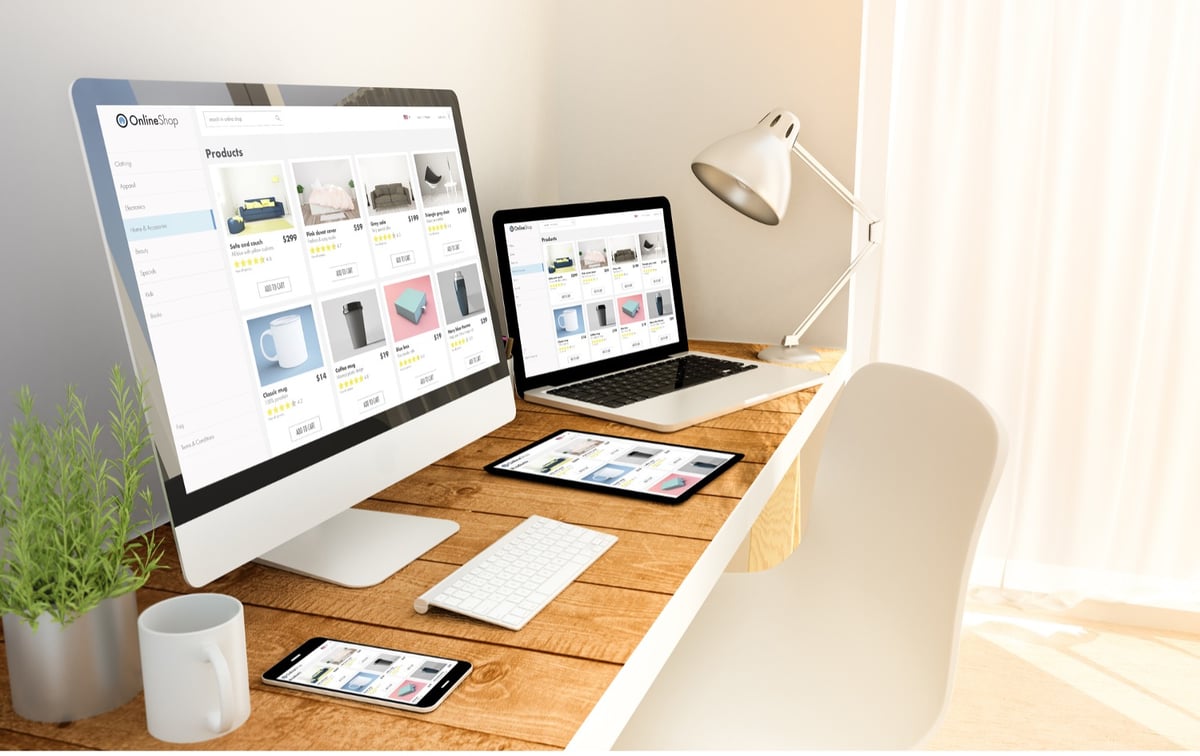Crafting High-Converting Ecommerce Product Pages: A Comprehensive Guide

Creating product pages that drive sales is crucial in the competitive world of e-commerce. These pages are make-or-break moments in converting casual browsers into paying customers. But it's easy to mess them up - unclear messaging, boring visuals, and a lack of credibility can quickly send potential buyers packing.
So, how do you turn the visitors into customers? There's only one answer: optimizing your product description for conversion. This guide tackles the key ingredients for killer product pages that persuade, engage, and inspire purchases.
1. Know your audience
The foundation of any great product page is truly understanding your target audience. Detailed customer research through surveys, interviews, and website analytics is hugely valuable here. These insights on buyer preferences and pain points allow you to tailor pages that genuinely resonate rather than taking a one-size-fits-all approach.
For example, are there concerns potential customers have that your copy should address? What language do they use to describe what they're looking for? Keeping the specifics of your audience in mind as you optimize drives engagement. You can create content and choose images that speak directly to their needs.
2. Include feature benefits
Of course, product features are important. But what connects with customers are benefits - how precisely your product will make their lives tangibly better. Focus your product copy on addressing needs and desires rather than rattling off a bunch of specs. Highlighting the benefits of each specific feature acts as the selling point of what value it will provide to the customers.
Does it save them time or money? Will it make them feel more youthful or stylish? The goal is to craft compelling descriptions that customers relate to. Avoid overusing technical jargon - keep it clear, concise, and customer-centric. Spell out how it solves the frustrations they face. You can also include figures and percentages to add your selling point. For example, "90% of people who used Product X recommend it."
3. Dial up visual appeal
Compelling visuals do some serious heavy lifting in capturing attention while communicating what a product is and does. Photography and videography should showcase products in the best possible light. Good lighting, focus, thoughtful framing, and editing create aesthetic details that spark desire. Remember, digital video reaches over, 60% of Kiwis and this make it a preferable form of marketing.
Lifestyle images and videos can spotlight products in realistic contexts customers identify with. Show people enjoying your product in familiar environments like a kitchen or garden. This helps connect benefits with an emotional appeal to make a persuasive case.

4. Strategic CTAs
The Call To Action button is the lynchpin for turning interest into sales. Wording, color scheme, and placement should align with the product's personality and positioning. Test contrasting options to learn what pops for your audience - "Add to Cart" or "Buy Now"? Red button or green?
Understanding what motivates different customer segments allows smarter CTAs that drive desired actions, from email signups to instant purchases. For example, 'Add to Cart' is suitable if customers need to take time before deciding or if you want them to buy more products. In contrast, 'Buy Now' is ideal for instantaneous purchases. Make it easy for customers to take the next step once you've captured their interest.
5. Social proof builds trust
Peer experiences and endorsements provide sought-after social validation. Displaying genuine customer reviews and testimonials establishes credibility in product claims that reassure hesitant shoppers. 95% of consumers will read online reviews about a product before purchasing it. Additionally, user-generated content like social media shares also leverages community trust.
The influence of others can tip the scales for customers on the fence. Curate authentic positive experiences that reinforce your product and deliver on its promises. Video testimonials can be especially persuasive in overcoming skepticism.
6. Easy navigation
Even small hurdles in navigating the page can derail interest. Ensure information flows logically. Eliminate clutter and keep things scannable. Optimize mobile responsiveness and page speed. Every interaction should feel intuitive, with clear paths to product details and purchase.
If the website feels difficult to manage, customers bounce. It only takes 50 milliseconds for a website visitor to determine whether they'll stay on a site. Therefore, focusing on friction-free experiences keeps them engaged. Pay attention to page flow, layout, load speeds, and device compatibility to minimize hassles. Easy = more conversions.
7. Keep testing and optimizing
Set up A/B testing workflows to refine product pages over time. Try different combinations of copy, images, pricing, promotions, and placement. The subtlest tweak could produce a significant lift. Analysis continually reveals what resonates. Optimization is an endless process of learning about your customers.
Keep testing subject lines, headlines, and images. Find the right balance between educational content and pure selling. Every audience has unique preferences, so optimization never stops. What works today might not work tomorrow. Continual experimentation keeps your pages tuned.
Conclusion
Bringing all these strategies together creates product pages that sell themselves. Of course, different e-commerce categories and product types require tailored approaches. However, these fundamental guidelines establish a template for presenting goods in ways that powerfully speak to customers. You convert browsers into buyers once you have pages that inform and excite rather than list item specs.
TAGS: